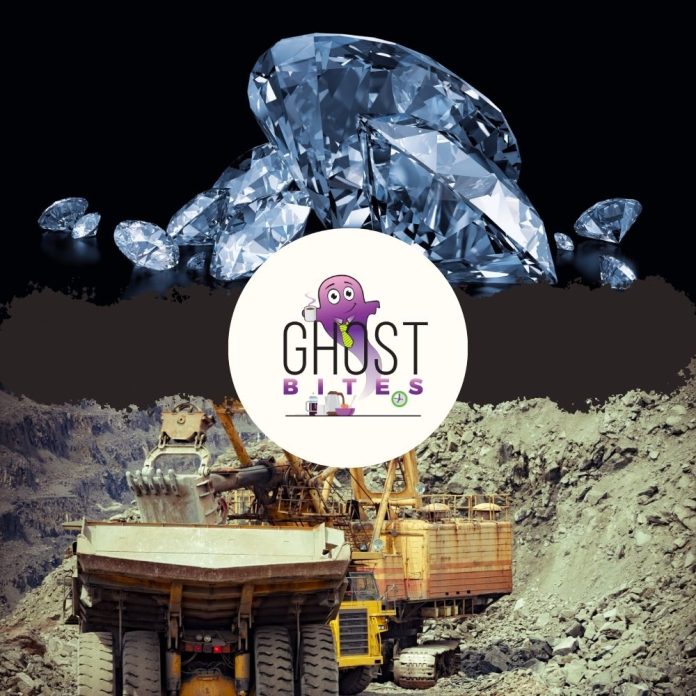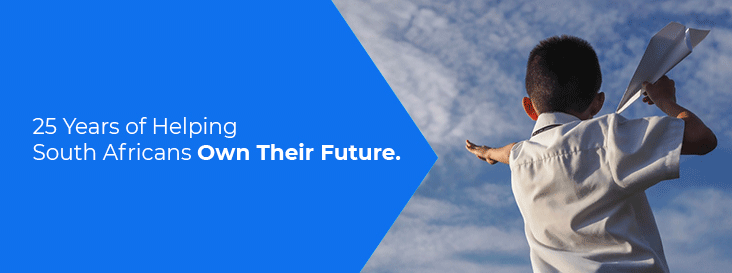Anglo American confirms that De Beers is now loss-making (JSE: AGL)
At least their core operations are performing in line with guidance
Anglo American now discloses a “simplified portfolio” and “exiting businesses” – and no, that’s definitely not a typo for exciting. It means businesses that they are getting out of. They also have “exited businesses” by the way, being platinum group metals (the orderly disposal of Anglo American Platinum, now Valterra Platinum). As we also saw with Thungela, Anglo American has the most extraordinary ability to exit a business right at the bottom of the cycle.
Let’s deal with the stuff they plan to keep. For the latest quarter, copper production fell 11% year-on-year due to planned lower production in Chile, but was up 3% quarter-on-quarter. Iron ore is up 2% year-on-year and 3% quarter-on-quarter, boosted by Minas-Rio. And finally, manganese ore more than doubled year-on-year and quarter-on-quarter as that business recovered from a tropical cyclone in Australia.
Unit cost guidance for continuing operations is being maintained overall, with a couple of offsetting moves in guidance at the underlying copper activities (higher costs in Chile and lower in Peru).
We now get to diamonds, where the news just keeps getting worse. I was one of the first analysts in South Africa to really beat the drum about the risks of lab-grown diamonds and I wasn’t wrong. De Beers is now loss-making at EBITDA level, with rough diamond production down 36% year-on-year and 32% quarter-on-quarter. To add to this, the average realised rough diamond prices fell 5% for the first six months of the year on a year-on-year basis. That stat includes a favourable mix effect, with the real story being that the average rough price index was down 14%. Rough, indeed!
The risks to the economy in Botswana are frightening. If we dig a little deeper into those De Beers numbers, diamond production in Botswana fell by 44% year-on-year in the second quarter, a far more severe impact than in Namibia and South Africa for example. Although maintenance in Botswana is part of the explanation, the reality is that De Beers is in immense trouble and the Botswana economy is facing significant risks.
Steelmaking coal is also on the chopping block, with production down 51% year-on-year and 8% quarter-on-quarter, due to various disposals and underlying events at their facilities. That business is also in a negative EBITDA position. We should also mention nickel as a business on its way out, with production down 5% year-on-year and 3% quarter-on-quarter. There is thankfully a deal in place to sell the nickel business.
As a final comment, Anglo American notes that a “formal process for the sale of De Beers is advancing” – and in my view, the longer it takes, the closer they get to realising close to nothing for that asset. It will take a brave buyer indeed.
Signs of improvement at Kumba Iron Ore – helped along by Transnet, if you can believe it! (JSE: KIO)
Now if only iron ore prices would head in the right direction
South African logistics infrastructure is a major problem for our economy. Transnet as a whole has been a nightmare for so many companies. Even now, we get inconsistent feedback on their performance i.e. some companies are receiving better rail service and others aren’t. It seems to depend on where you are in the country.
At Kumba Iron Ore, there’s at least been some improvement in Transnet’s ability to get the iron ore to port, although this hasn’t happened without extensive involvement from the private sector. My understanding is that Kumba produces far less than they actually could, so Transnet is literally a handbrake on the South African economy and there’s a strong incentive for Kumba to step in and work with government. But at least there are green shoots here, with better performance helping Kumba grow sales by 3% for the first six months of the year, despite a 1% decrease in production. This means that they were able to make a very small dent in their stockpiled inventory.
Importantly, Kumba is also on track for cost and capex guidance for the full year, so that’s another tick in the box for investors.
But perhaps the most exciting tick in the box is momentum over the period, as the second quarter is where the magic happened with an 8% increase in sales. If this can continue, that would obviously be great for the company (and the economy).
As with all mining companies, production and sales stats are only part of the story. Results also depend on commodity pricing, with iron ore prices under pressure at the moment. This is reflected in Kumba’s earnings guidance for the six months to June, with HEPS expected to differ from the comparable period by between -4% and +3%. In other words, earnings will likely be flat year-on-year despite the improvements.
Primary Health Properties shows decent growth (JSE: PHP)
Will this be enough to convince Assura shareholders to take the offer?
As regular readers will know, Primary Health Properties is currently in the process of trying to convince Assura shareholders to accept their offer instead of the competing cash bid from KKR and Stonepeak. Regular readers will also know that I’ve expressed concerns about the incredibly small premium that the Primary Health Properties bid has over the KKR and Stonepeak bid, given the underlying merger risks.
But here’s something that just might get it across the line: the sector as a whole is actually doing rather well. Assura released solid numbers earlier this week and Primary Health Properties is also smiling about a 2.9% increase in the dividend per share and a 1% increase in net tangible assets per share.
Why does this matter? Because the decision for Assura shareholders might be less about the merger risks and more about the value of staying invested in the sector at a time when things seem to be on the up. My understanding is that there is considerable overlap on the two shareholder registers among institutional holders, so the resounding approval for the deal that Primary Health Properties received from its shareholders is perhaps a sign of the acceptances to come towards the end of the offer period by Assura shareholders (many of whom are the same people).
Above all, I think the decision will be based more on the medium-term outlook than the latest numbers. Things have started to turn positive in these UK healthcare asset valuations (which is more than many classes of European property can say) and the government is set to invest a fortune in the NHS.
It will also be interesting to see if a merged entity can genuinely unlock benefits like a lower cost of funding. Primary Health Properties currently has a loan-to-value ratio of 48.6%, so they aren’t scared of debt on that side of the pond. The average cost of debt is 3.4%. As these are already low interest rates, any modest improvements actually make a significant difference.
All eyes on the Assura acceptance rate!
Nibbles:
- Castleview Property Fund (JSE: CVW) has been steadily increasing its stake in SA Corporate Real Estate (JSE: SAC) through a combination of derivatives and share purchases. At last count, they held around a 12.5% stake (excluding derivatives). There’s now a further purchase of shares worth R319 million, which looks like roughly 4% in the company. This would take them to around a 16.5% stake, which means I expect to see a follow-up announcement from SA Corporate Real Estate regarding this major shareholder moving through a 5% incremental ownership threshold (i.e. above 15%).
- AfroCentric (JSE: ACT) is selling two small businesses to Sanlam (JSE: SLM). AfroCentric Distribution Services is being sold for R2.8 million and Wellworx for R12.2 million, with both businesses destined for Sanlam Life. This is less about the purchase prices and more about a reshuffling of chairs in the broader relationship with Sanlam, with the groups trying to put the right pieces in the right places to maximise their strategic relationship. Having said that, with those businesses having suffered a combined loss of R12 million in the year ended December 2024, I suspect that AfroCentric will be happy to see those numbers move to the Sanlam financials instead. As this is a small related party deal, an independent expert was required to give an opinion that the terms of fair – and this has been done. No shareholder vote is required.
- Supermarket Income REIT (JSE: SRI) has priced 6-year bonds with a coupon of 5.125%. They note that the pricing is 115 basis points over the relevant benchmark, without then explaining what the relevant benchmark is (and I’m not going to go digging through the bond docs for something like this that has fairly limited relevance to equity investors). What is interesting is that the bond issuance was incredibly oversubscribed, with a raise of £250 million and an order book that got as high as £985 million! The most relevant point is that this is the company’s first bond raise and it was clearly a resounding success, so that’s encouraging for their ability to tap the public market for debt (instead of just relying on banks).
- Sibanye-Stillwater (JSE: SSW) has appointed Richard Cox as Chief Regional Officer of the Southern African region. This is the role that CEO designate Richard Stewart was in, so that’s an important note around possible succession plans at the group.
- Wesizwe Platinum (JSE: WEZ) is suspended from trading based on how late they are with financials for the year ended December 2024. They hoped to rectify this by 31 July, but that won’t be possible. They now hope to be done by 29 August.





If Botswana is facing headwinds does that not in turn hold risks for CA Sales (JSE: CAA) shareholders?
Yes, it definitely does. It’s come up on Unlock the Stock as a question a couple of times before, but I suspect those voices of concern will be getting louder.